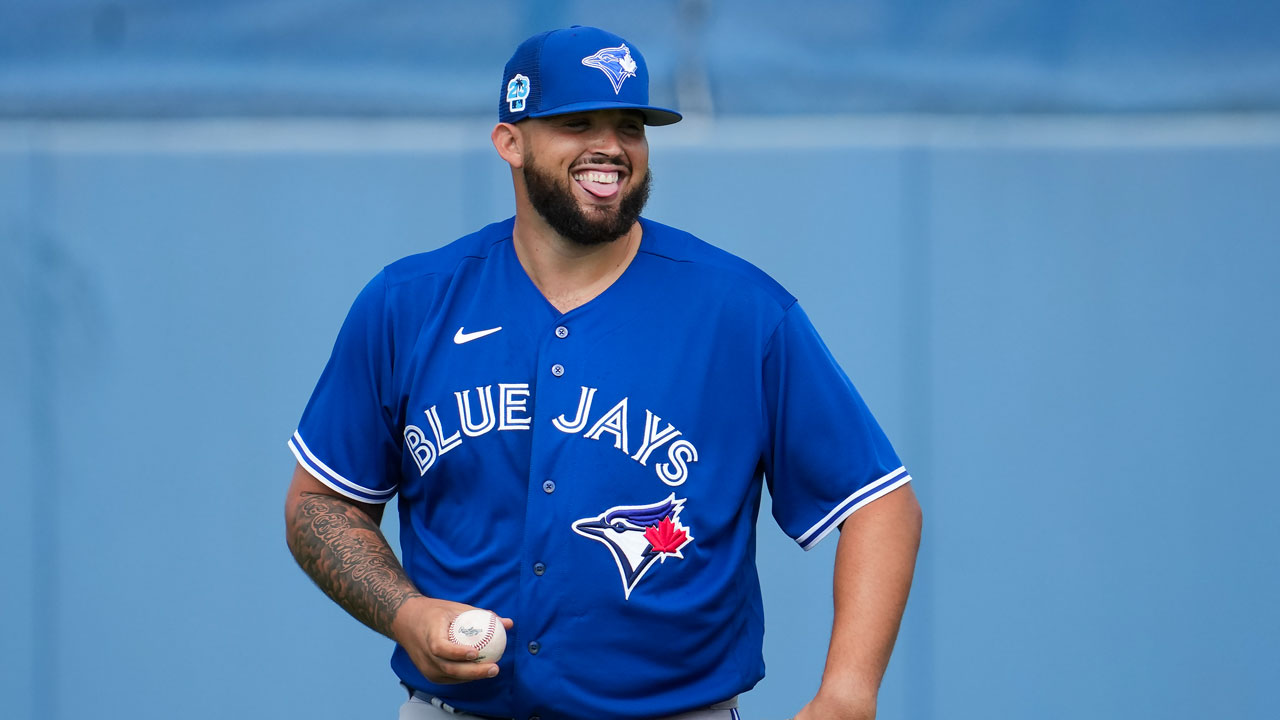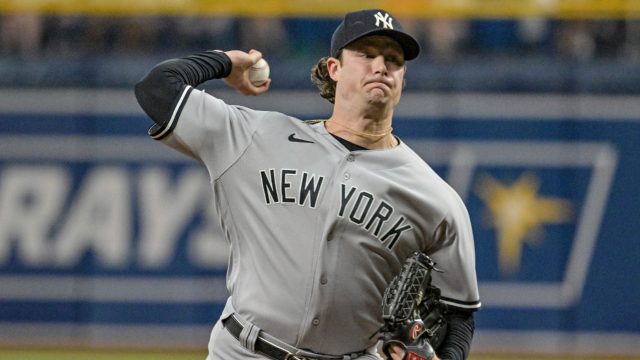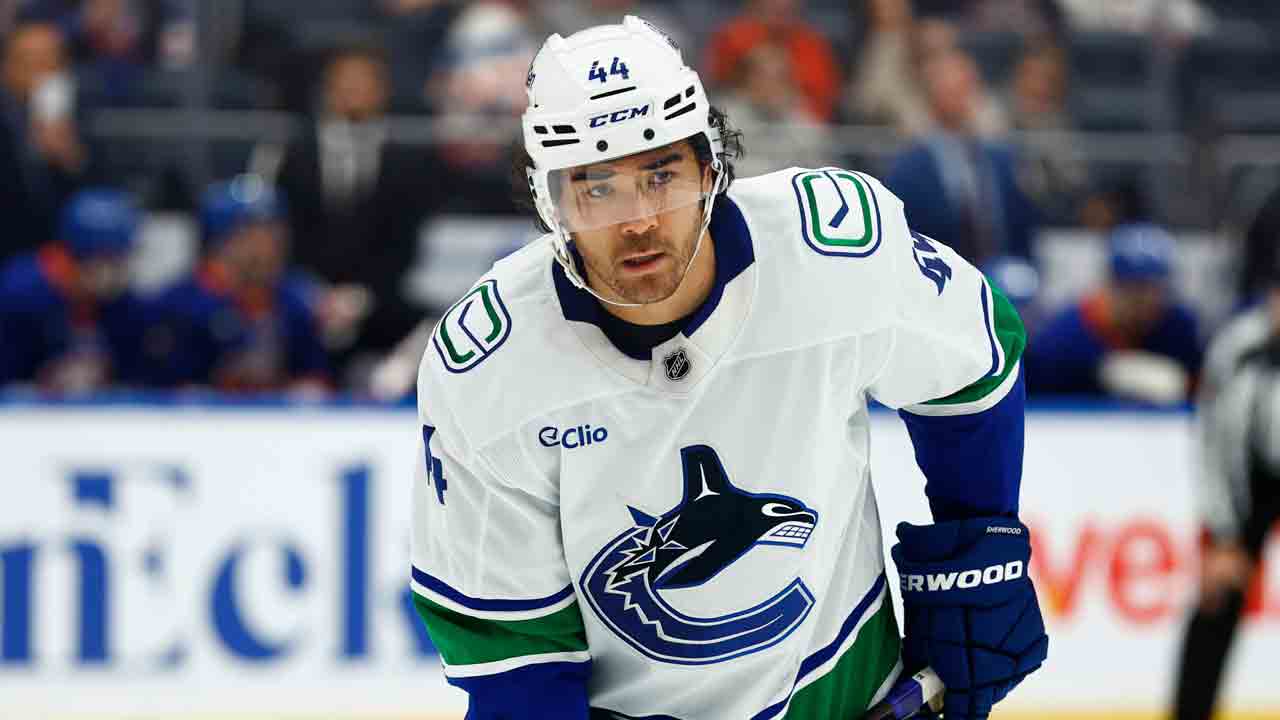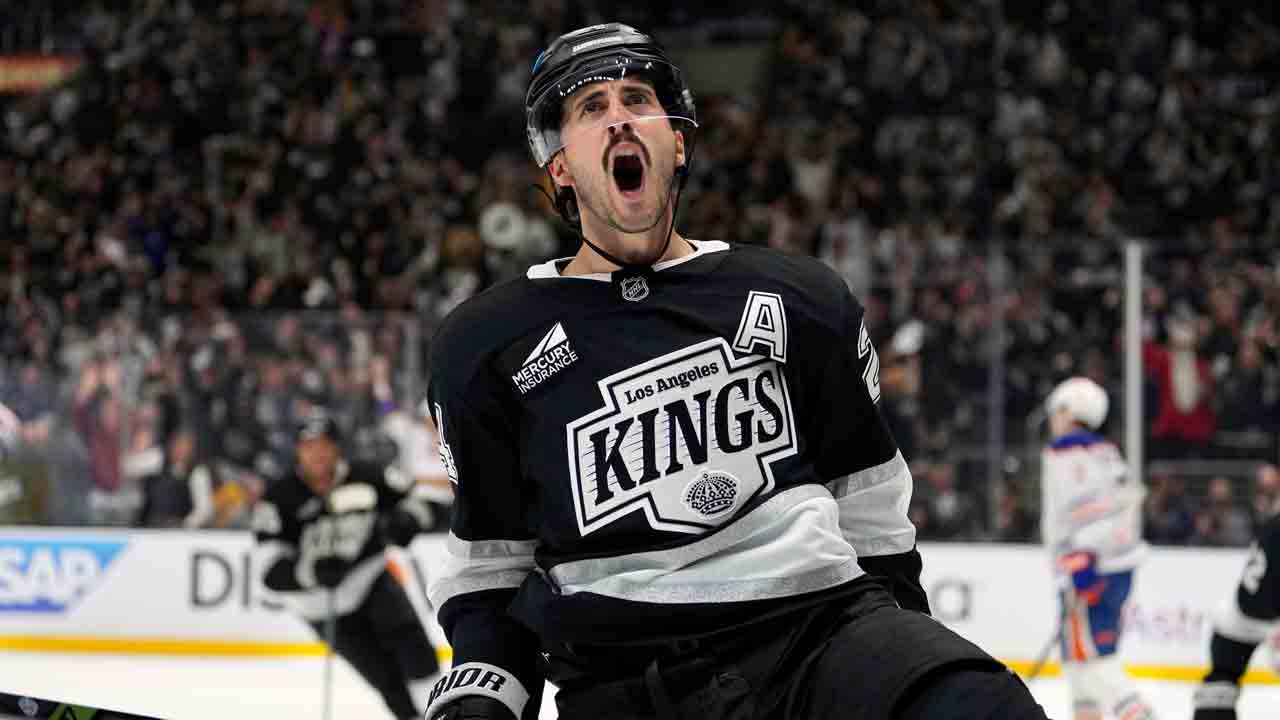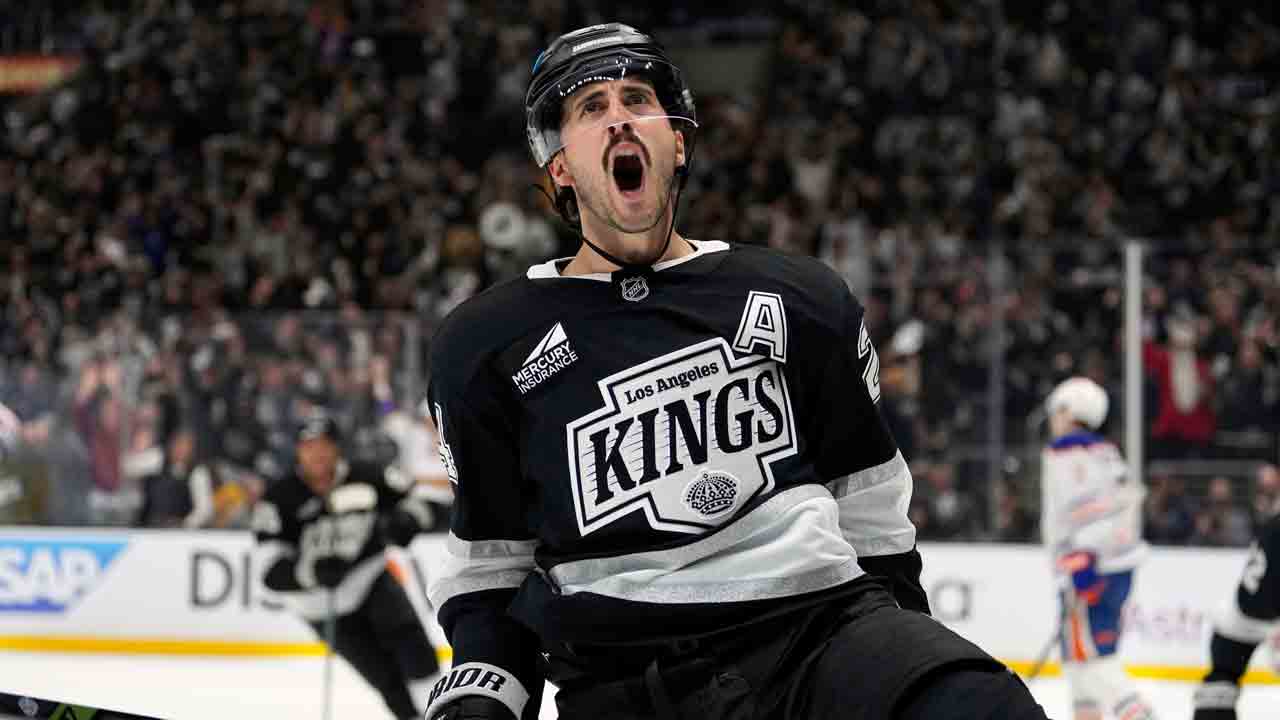
NEW YORK — Here’s an incomplete list of the categories in which Matt Chapman leads the American League:
Batting average: .397
On-base percentage: .461
Slugging percentage: .750
wOBA: .512
Doubles: 9
Total bases: 51
As those numbers reflect, he’s playing at an elite level. Better still for the Toronto Blue Jays, his performance is driven by skill: line drives and deep fly balls rather than seeing-eye singles and bloopers. Looking beyond the back-of-the-baseball-card stats to the underlying numbers, Chapman leads the AL in these categories, too:
xwOBA: .514
Barrel rate: 23.7 per cent
Average exit velocity: 97 m.p.h.
And that’s before we even get to Chapman’s defence. Some regression is coming, of course. No one sustains this for more than a month or so. But in the course of this hot streak, Chapman has done some things differently, lowering his strikeout rate, connecting on four opposite-field home runs (compared to zero in 2022) and hitting a ball harder than he did at any point last year.
If you’re Scott Boras, the powerful MLB agent who represents Chapman, these are welcome developments. But if anyone’s happier than Boras, it should be Blue Jays GM Ross Atkins. Because while it would be difficult to lose Chapman as a free agent after the season, there’s nothing wrong with seeing players excel in Toronto during their contract years. In fact, it’s the best-case scenario.
In recent years, agents including Boras have described the Blue Jays as an increasingly appealing landing spot. Some of that’s tied to the Blue Jays’ willingness to spend, but players and their representatives also point to the successes of Robbie Ray, Steven Matz and Marcus Semien, all of whom landed generous multiyear offers elsewhere after elevating their production alongside Toronto’s coaches and trainers.
It’s far too early to say where Chapman ends up of course, but the longer he sustains this production the better for everyone involved.
With that, let’s turn our attention to some less obvious Blue Jays storylines and continue with this week’s notebook:
PEARSON PUSHING
To this point in the season, the Blue Jays haven’t made a single roster move with their bullpen. The stability is enviable — a product of good health and largely good results. But whenever they do need relief reinforcements, Nate Pearson figures to earn serious consideration.
After Pearson was one of the last cuts in spring training, manager John Schneider urged him to build on his momentum instead of falling into a lull, mentally or physically. So far, the right-hander’s done just that, striking out 15 of the 30 batters he’s faced at triple-A on his way to a 2.45 ERA through seven appearances. In the most recent of those appearances on Wednesday night, Pearson topped out at 99.5 m.p.h. with his fastball while averaging 97.5 m.p.h. with the pitch.
Needless to say, that kind of velocity plays when it’s consistently around the strike zone. Along with Pearson, Jay Jackson and Bowden Francis are other triple-A relievers making a case for playing time at the MLB level.
“You want these guys to continue to push the envelope,” manager John Schneider said before the Blue Jays left for their current road trip. “It’s a good spot to be in.”
FIT TO PLAY
Every team battles injuries in the course of a six-month season, and the 2023 Blue Jays won’t be an exception to that rule. But as the aforementioned stability in the bullpen indicates, this team has largely stayed healthy so far.
Their main division rivals can’t say the same. The Tampa Bay Rays may have baseball’s best record, but their pitching staff has been hit hard and the New York Yankees team the Blue Jays are about to face has Frankie Montas, Carlos Rodon, Luis Severino, Josh Donaldson, Harrison Bader and Giancarlo Stanton all on the injured list.
Eventually, these things have a way of evening out, but in the meantime, this weekend in the Bronx offers the Blue Jays a chance to gain ground on a rival team that’s not quite at its strongest.
CLICK IN CONTEXT
Back in 1995, the first season of Gord Ash’s tenure as Blue Jays GM, the team’s front office was small enough to fit within a large SUV. At the time, just seven baseball operations employees were based in Toronto.
A generation later, front offices have expanded beyond recognition. The Blue Jays’ baseball ops department now has dozens upon dozens of employees including a baseball systems cloud engineer, multiple biomechanists and a 28-person player development department.
It’s within that context that the hire of James Click is best understood. With so many people contributing to the team’s decision making, organizing incoming information well is imperative. And Click, a former top executive with the Rays and Houston Astros, is working to ensure that information helps the Blue Jays make better decisions.
“We’ve realized that it takes quite a bit of manpower to do this thing right,” Click said when I spoke to him for this feature last weekend. “In a lot of ways, the demands of running an entire baseball operations department can be too much for one person. I think it’s incredibly difficult to do it effectively as a single person. And so, one of the things that I think that successful organizations have done is to broaden the responsibilities of key people throughout the organization.”
Part of the reason the Blue Jays employ so many front office officials: they want to win now while also sustaining success.
“The real trick is how do we invest in both simultaneously so that we don’t short one to long the other,” Click said. “This organization, I think, is in a unique situation to be able to do that. Invest in both the present and the future. And that’s what you have to do to stay perpetually competitive.”


